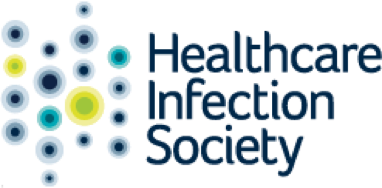Programme and learning outcomes
The learning outcomes of the on-demand course will focus on:
- Developing a sound approach to the prevention and control of healthcare associated infections (HCAI) and related issues of antimicrobial resistance (AMR)
- Learning how to develop a surveillance programme and gain knowledge of data collection, analysis and feedback to produce information for action
- Learning how to use molecular typing techniques for outbreak investigation
- Introducing technical aspects of hospital hygiene e.g. ventilation, disinfection and sterilisation
- Understanding the basis of antimicrobial stewardship
- Covering organisational aspects of HCAI prevention and control.
Programme topics covered:
- Hand hygiene– the evidence base and changing practice
- Personal protective equipment
- Isolation: transmission-based precautions
- Device-associated infections – What do the guidelines tell us?
- Catheter-associated urinary tract infections (CAUTI): Burden and prevention strategies
- Hospital-acquired pneumonia (HAP) and Ventilator-associated pneumonia (VAP)
- Norovirus
- Respiratory viruses
- Candida Auris
- Gram-positive outbreaks
- Staphylococcus aureus outbreak: genomics investigation
- Infection prevention of multi-resistant Gram-negative bacteria
- Detection of carbapenem-resistant Gram-negatives in the hospital laboratory
- Using molecular typing in outbreak investigation
- Molecular detection of multidrug-resistant Gram-negatives
- What is hospital hygiene?
- Introduction to decontamination
- Decontamination of the hospital environment
- Environmental decontamination and options for whole room disinfection
- Introduction to Legionella in the healthcare environment
- Pseudomonas and other suspects in healthcare water installations - what are we
- trying to control?
- Essentials of endoscope decontamination
- Endoscope decontamination: What can go wrong?
- Intracavity probe decontamination
- Theatre ventilation
- Isolation ventilation
- Principles of surveillance applied to HCAI
- Information for action – using PHE public health profiles (Fingertips)
- Surveillance for public health action
- Using surveillance to target local interventions
- Surveillance of antimicrobial resistance
- Behavioural science and behaviour change factors in infection
- prevention and control
- Examples of how the behaviour change wheel has been used
- The role of the Director of Infection Prevention and Control
- Can organisational change prevent HCAIs?
- National surveillance of antimicrobial use and stewardship Diane Ashiru-Oredope


